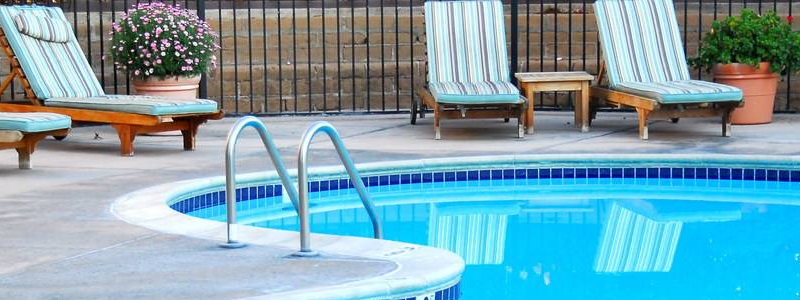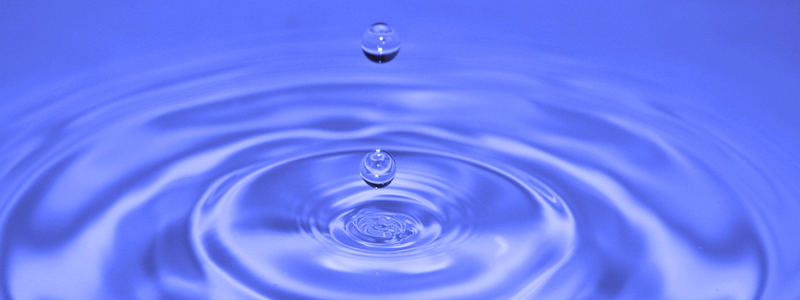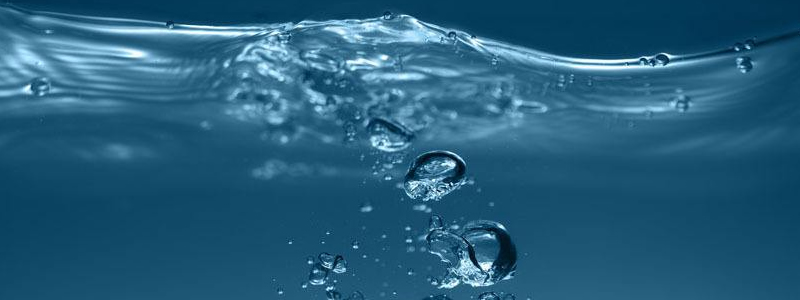
Polyamine in epoxy coatings
The use of epoxy coatings is prevalent in residential, commercial, institutional, industrial, transportation and marine applications. There are different types of curing agents used for different performing characteristics of an epoxy coating. The curing agents react with the epoxy resins and form a cross-linked network that converts the epoxy resin into a full fledged epoxy coating. Choosing one type of epoxy over the other could truly be a conundrum for the unwary. Please find below some basic differences between polyamide epoxies, polyamine epoxies, phenolic epoxies and novolac epoxies.
A. Polyamide Epoxies
Polyamide epoxy coatings are based on a curing agent using some sort of reactive polyamide resin. These reactive polyamides are the result of long chain fatty acid dimers reacted with multifunctional amines. These terminal amines have a great molecular distance between them that greatly reduces the vapor pressure of the resin. Polyamide epoxies are normally used in primers for recoatability, flexibility, adhesion, better wetting characteristics, and improved corrosion resistance. They tend to be more resistant to moisture, weather and alkali, but have poor chalk resistance and only moderate acid resistance.
B. Polyamine Epoxies
Polyamine-cured epoxies are normally used to improve film hardness, abrasion resistance and chemical resistance. There are wide varieties of amine categories such as aliphatic amines, cycloaliphatic amines, aromatic amines, ketamine, and phenalkamines. These different types of amines offer a wide range of chemical resistant characteristics to the epoxy coatings. Polyamine-cured epoxies provide improved resistance to microbiologically induced corrosion. These epoxies are characterized by shorter pot life and recoat windows as well as chemical resistance and heat resistance.
Note the Difference: Polyamide cured epoxies provide better flexibility, better abrasion resistance, improved corrosion resistance, and are relatively safer to use whereas polyamine-cured epoxies are tough, more chemical resistant, brittle, and provide improved abrasion resistance.
C. Phenolic Epoxies
Phenolic epoxy has been typically referred to as a system where the epoxy resin is heat-cured with a phenolic resin. These type of formulations have traditionally been used for high chemically-resistant can and drum liners.
D. Novolac Epoxies
Novolac epoxy resins are based on the epoxidation of the acid catalyzed reaction product of phenol and formaldehyde. These epoxies are typically used in applications where there is a need for higher chemical and/or higher temperature resistance. They usually require heat to fully cure but sometimes can be formulated to cure at room temperature.
As the polymer technology evolves so does the different types of curing agents that perform in particular conditions. There are so many variants of each of these that it is very difficult to judge comparable values from just the product data sheet information alone. Always talk to a technical representative before selecting a particular type of epoxy coating for a particular application.
For Polyamine, Polyamide and Polyacrylamide products, please contact us: TIAN@CHEM.NET
Angchao Tech is your professional supplier in Shandong, China.
 Previous
Previous  Next
Next Get answers and advice from people you want it from.